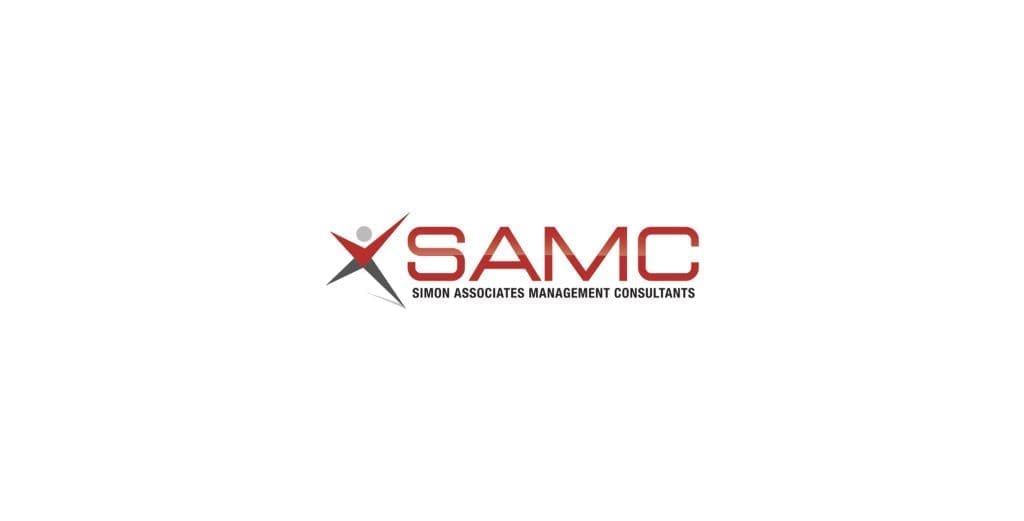 As you may know, Simon Associates Management Consultants has blogged extensively about the use of Inbound Marketing. We also host a webinar series called “Healthcare Innovation: Trends From The Trenches.”
As you may know, Simon Associates Management Consultants has blogged extensively about the use of Inbound Marketing. We also host a webinar series called “Healthcare Innovation: Trends From The Trenches.”
In both the webinars and our blogs, we consistently talk about the enormous value of Inbound for generating leads and turning “searchers” into customers. Simon Associates also has a number of our clients on the HubSpot Platform which we believe is a terrific tool for executing an inbound marketing campaign.
When Inbound Marketing might not be the best option
But are there certain conditions that we believe don’t necessarily work for Inbound? We think the answer is yes! Let me give you an example and you can decide for yourself.
Simon Associates had a client that was essentially a one product company. And that product was not a large ticket item, but essentially, an impulse item. Tasked with building the client’s online business, we initiated traditional online promotions and Facebook to stimulate interest and excitement, but soon saw that our attempts at extended lead nurturing was not cost effective. Plus, developing a long-term relationship with consumers didn’t seem particularly important to our client.
However, that didn’t mean we didn’t follow other best practices associated with online marketing. Keep reading to find out what we did.
Our online marketing strategy in lieu of Inbound Marketing
1. SEO and content creation
Since this was an impulse item in a “red ocean” category, ranking on the first page of Google was of critical importance. Therefore, we were determined to understand both keywords and keyword searches. In other words, how many searches occurred for certain keywords and could we rank on Google’s first pages for those short- and long-tail words?
The second thing we did was to understand that content is king. Continuously changing content is vital to obtain high Google rankings.
Another barrier to our client’s success was its old-fashioned website which could not be changed without significant effort and cost. To reduce the impact of this outmoded, inefficient site, we launched a blogging strategy that required us to blog almost every other day. These blogs were generally specific to the category that our client’s product competed in.
2. Contextual linking was critical
Since our client had an impulse item in a high interest category, we made it a priority to link to sites which had established authority and trust. As a result, over a 2-year period we achieved over 500 relevant contextual links.
3. A Facebook page was very important for engagement
We knew that it was important to use the client’s site (outdated as it was) to gain interest, build likes and collect email addresses. (Email proved particularly effective at promoting the product to current and potential customers and alerting them to promotional offerings.) We also repurposed blogs which we had previously commissioned for the website.
So what were the results of our efforts?
1. We built a multi-million dollar online presence
Our client now has a multi-million dollar online product, compared to close to zero when we took over that part of the business.
2. We changed the profitability dynamics
Since this product is sold at full retail price via the Web, the gross product margin is quite high (in the 65% range). In retail channels, because there is always an intermediary, gross product margins are below 20%. So on an apples-to-apples basis, you have to sell 3 times the amount of product through the retail distribution channel to achieve the same product dollar margin as over the Web.
To put it another way, while online sales account for 10% of revenues, they account for 30% of gross profit margin. Suddenly, this channel becomes a very important part of the distribution mix.
Lessons Learned
1. Every situation requires its own independent analysis
So what have we learned from this case study? Putting the peg in the right hole is crucial. Not everything we do should be by rote. Analyzing each situation is critical. Understanding what you can and cannot leverage requires an analytical tool box. And above all, you need to understand the economics of the situation before you act.
2. In a perfect world, we probably should have done things a little differently
Given the situation, I believe we did the right things and used the right tools. But, should our client have done things a little differently? Probably! How so? By responding faster to developing or acquiring new products, and understanding that if you have a terrific product with a high degree of customer satisfaction, you have a great platform to take advantage of. This allows you to deepen the relationship with your existing customers and build new business from old! That means quickly moving forward with an active product development or distribution program.
3. Know when it is time to take the next steps
The dynamics change considerably when you have a number of products to offer alongside a lead flagship product. At that point, you can leverage your customer base. And at that time, using an Inbound Marketing program allows you to build and nurture your loyal customer base.
Now that I have offered my view, it’s up to you to decide when to implement an Inbound Marketing Program.
My advice: Don’t go blindly into something. Go back, think about it. Then think about it again and devise a strategy that makes sense, based on what you are offering and the competitive situation.
May we help you grow?
If you would like to know more about our Inbound Marketing experiences or if we can be of help to you in revamping your own marketing strategies, please contact us at info@simonassociates.net.



